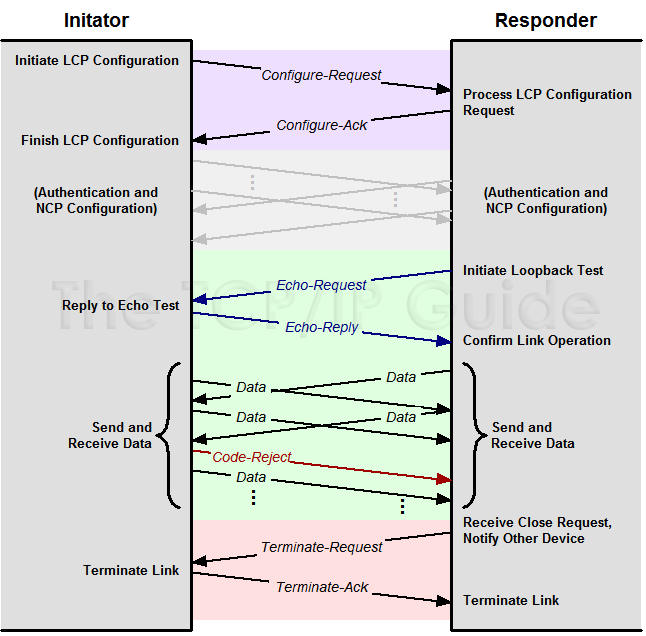 |
|
Please Whitelist This Site?
I know everyone hates ads. But please understand that I am providing premium content for free that takes hundreds of hours of time to research and write. I don't want to go to a pay-only model like some sites, but when more and more people block ads, I end up working for free. And I have a family to support, just like you. :)
If you like The TCP/IP Guide, please consider the download version. It's priced very economically and you can read all of it in a convenient format without ads.
If you want to use this site for free, I'd be grateful if you could add the site to the whitelist for Adblock. To do so, just open the Adblock menu and select "Disable on tcpipguide.com". Or go to the Tools menu and select "Adblock Plus Preferences...". Then click "Add Filter..." at the bottom, and add this string: "@@||tcpipguide.com^$document". Then just click OK.
Thanks for your understanding!
Sincerely, Charles Kozierok
Author and Publisher, The TCP/IP Guide
|
|
|

Custom Search
|
|
PPP Link Control Protocol (LCP)
(Page 1 of 3)
Of all the different PPP suite protocols, the single most important protocol is the PPP Link Control Protocol (LCP). LCP is the “boss” of PPP; it is responsible for its overall successful operation, and for “supervising” (in a way) the actions of other protocols.
PPP is about links, and LCP is about controlling those links. As I discussed in the PPP fundamentals section, the operation of a PPP link can be thought of as proceeding through various “life stages” just as a biological organism does. There are three main stages of “link life” and LCP plays a key role in each one:
- Link Configuration: The process of setting
up and negotiating the parameters of a link.
- Link Maintenance: The process of managing
an opened link.
- Link Termination: The process of closing an existing link when it is no longer needed (or when the underlying physical layer connection closes).
Each of these functions corresponds to one of the “life phases” of a PPP link. Link configuration is performed during the initial Link Establishment phase of a link; link maintenance occurs while the link is open, and of course, link termination happens in the Link Termination phase. Figure 26 represents a summary of the LCP link, showing the different message exchanges performed by LCP during these different life phases of a PPP connection.
|
Devices use LCP to control the PPP link by sending special LCP messages across the physical link between them. These messages are called both LCP packets and LCP frames; while the standard uses "packet", the term "frame" is preferred because layer two messages are normally called frames. There are eleven different LCP frame types defined in the main PPP document, which are divided into three groups that correspond to the three link “life stages” above. Four LCP frame types are used for link configuration, five for maintenance and two for termination. The frame formats themselves are described in the topic on LCP frames. Below I will discuss each of the three major functions of LCP and how the frames are used in each.
|
|
| |||||||||||||||||||
Home - Table Of Contents - Contact Us
The TCP/IP Guide (http://www.TCPIPGuide.com)
Version 3.0 - Version Date: September 20, 2005
© Copyright 2001-2005 Charles M. Kozierok. All Rights Reserved.
Not responsible for any loss resulting from the use of this site.








 Key Concept: The PPP Link Control Protocol (LCP) is the most important protocol in the PPP suite. It is responsible for configuring, maintaining and terminating the overall PPP link. The two devices using PPP employ a set of LCP frames to conduct LCP operations.
Key Concept: The PPP Link Control Protocol (LCP) is the most important protocol in the PPP suite. It is responsible for configuring, maintaining and terminating the overall PPP link. The two devices using PPP employ a set of LCP frames to conduct LCP operations.